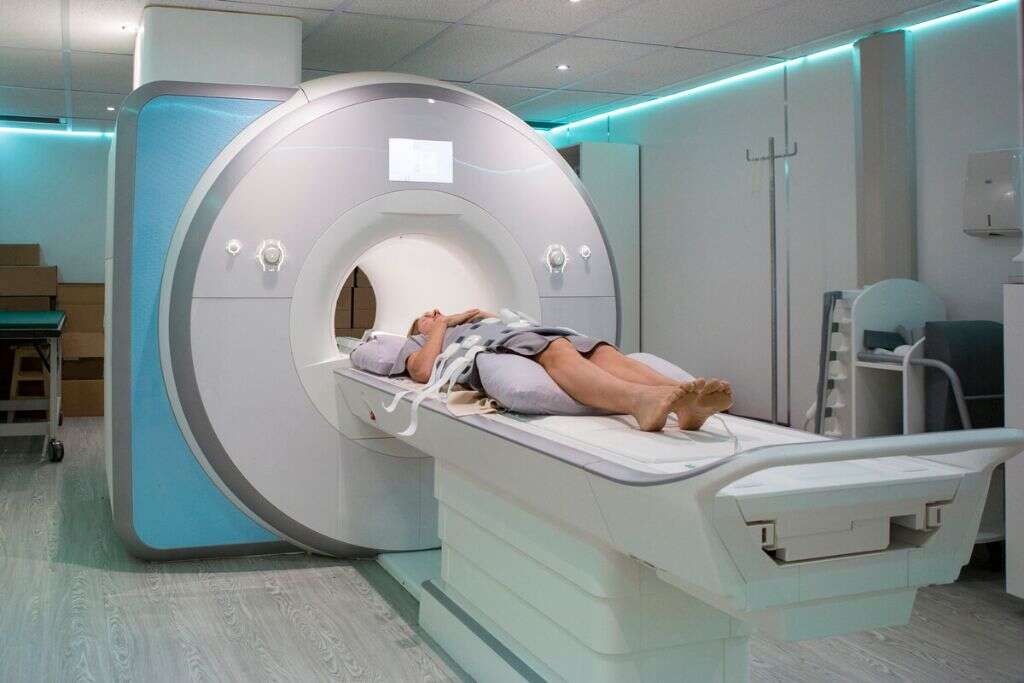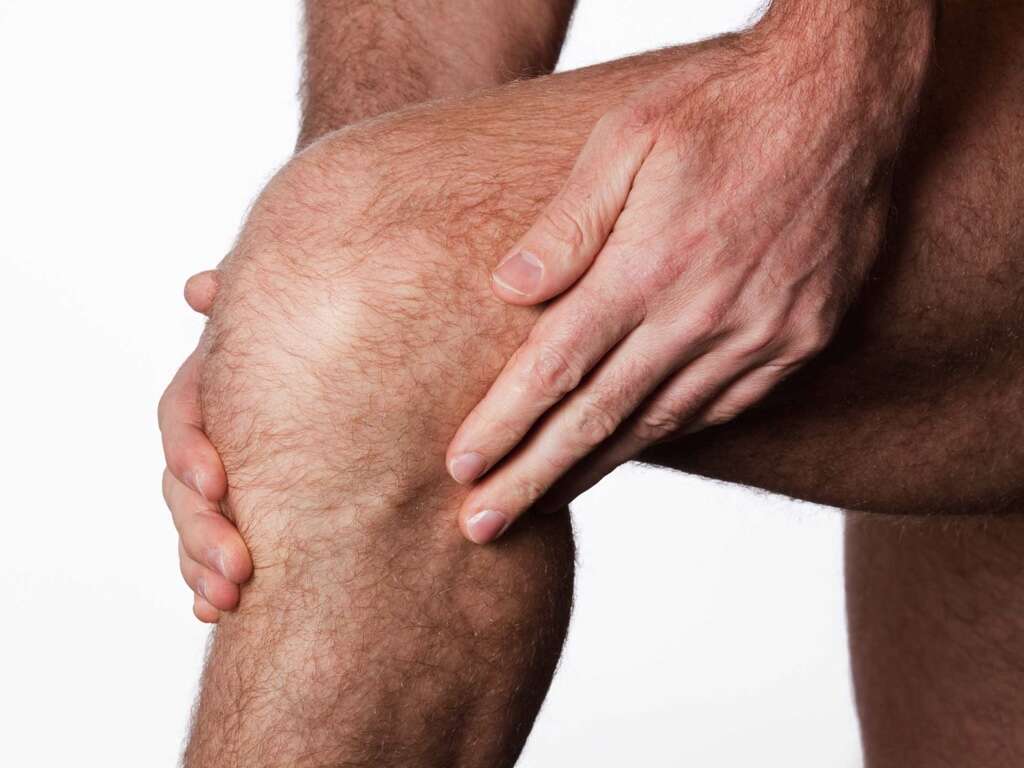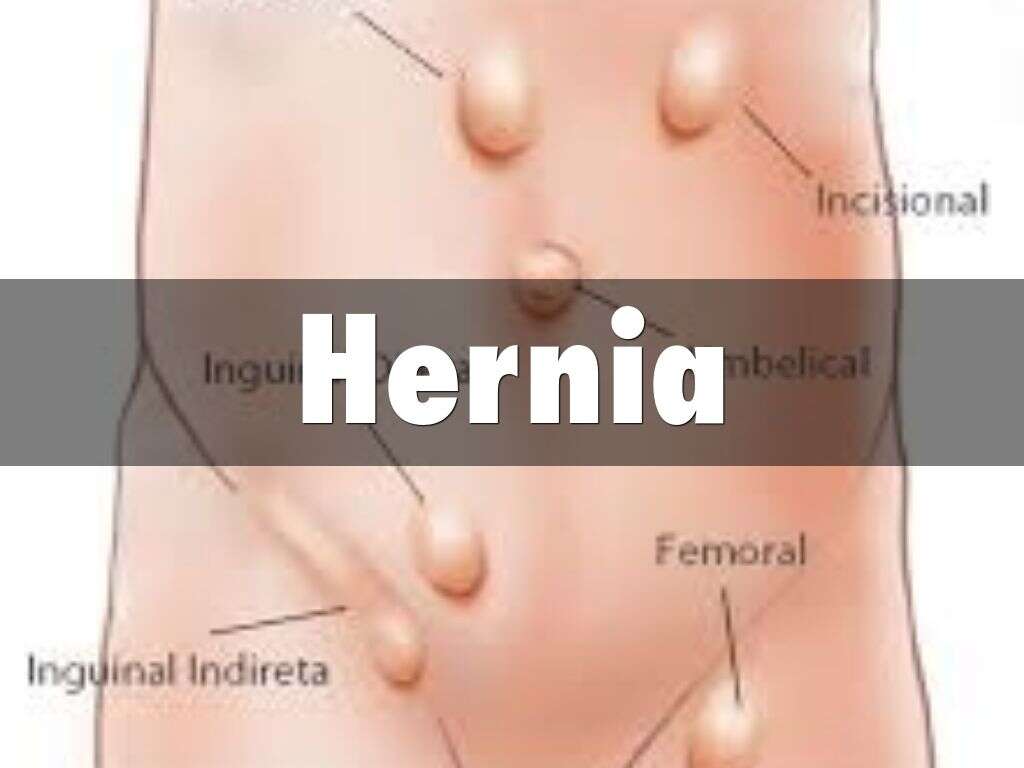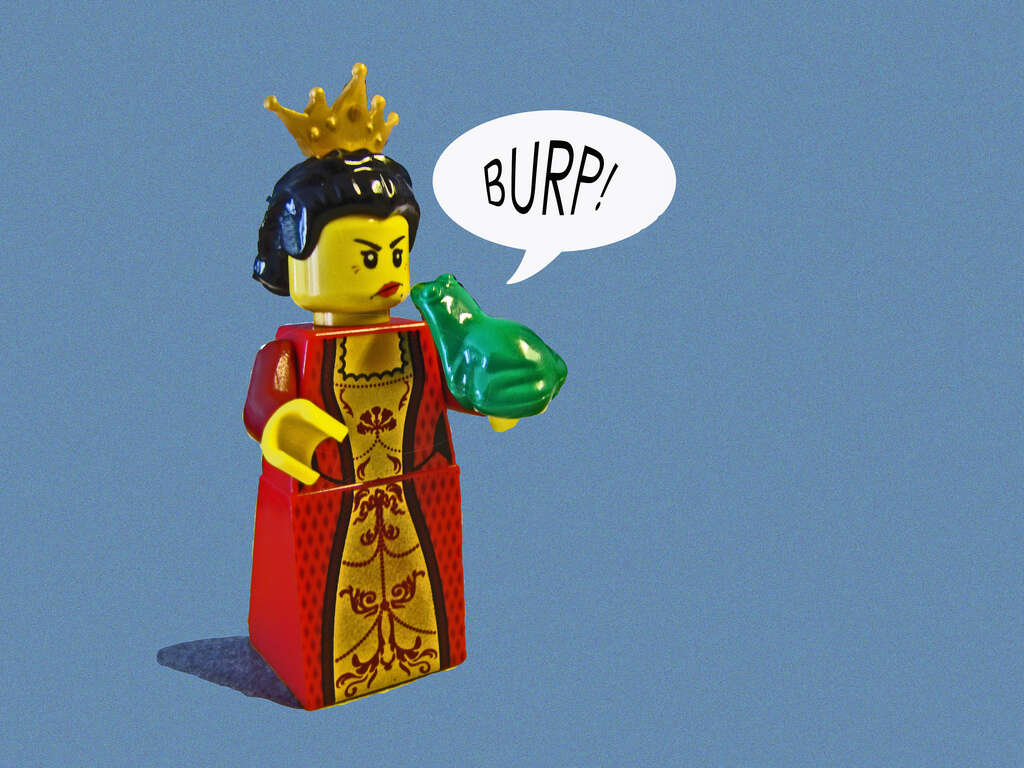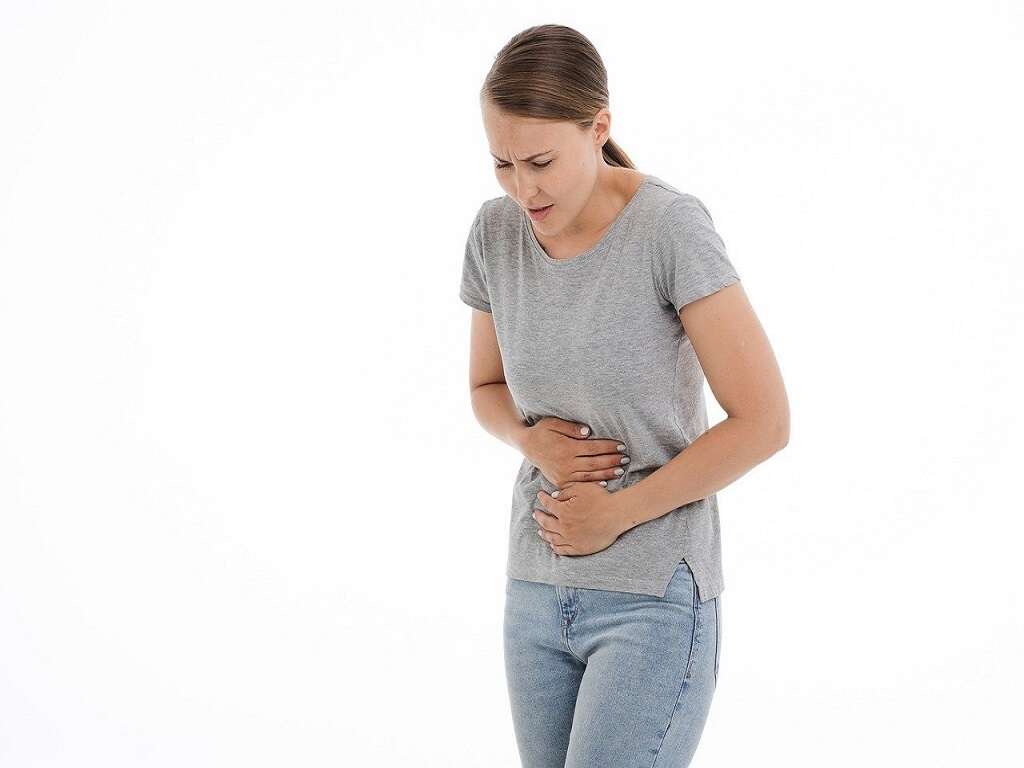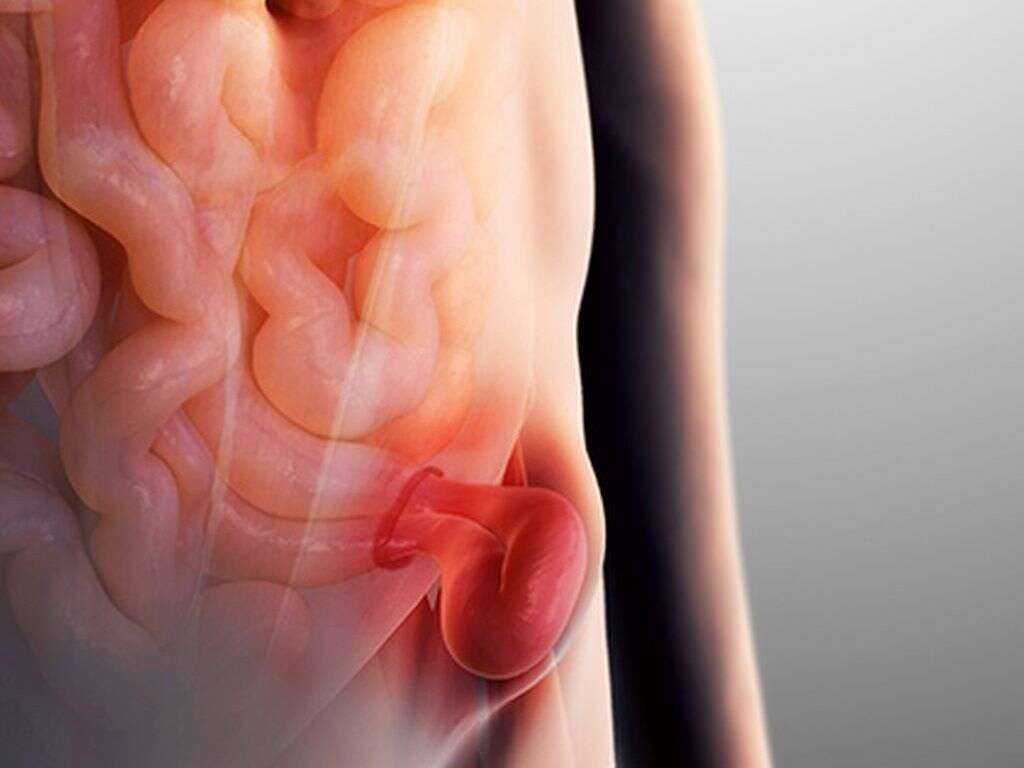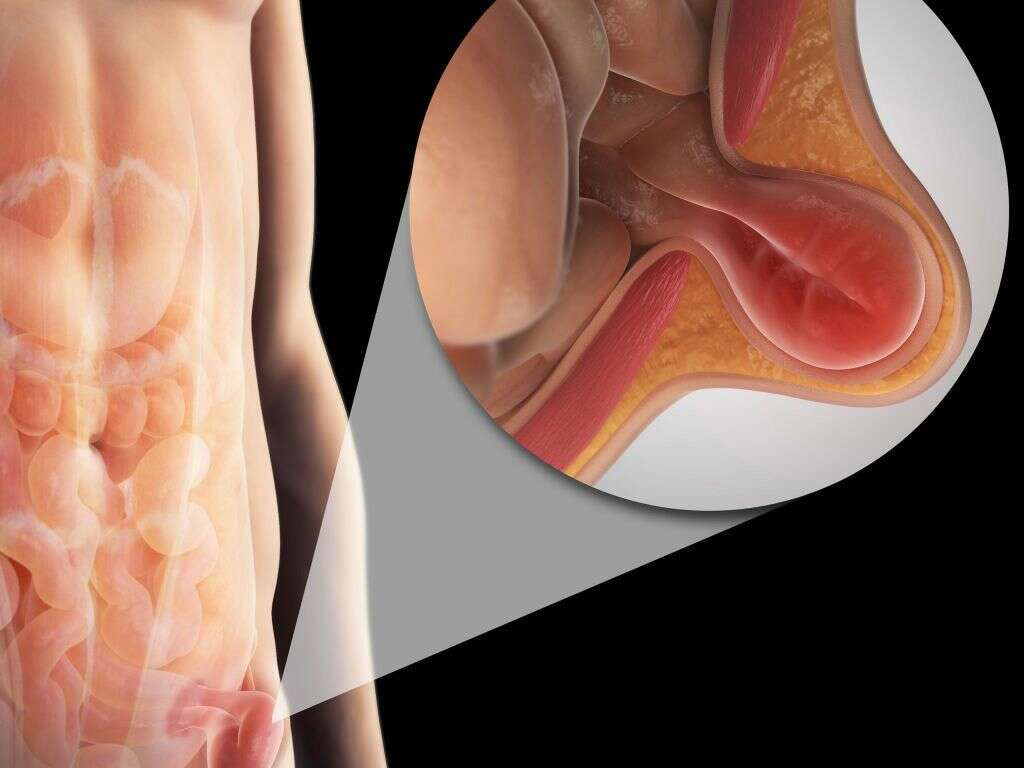Sports Hernia Symptoms
Athletes who compete at a high level, whether professionally or as students, may be at risk for developing a sports hernia. Also known as athletic pubalgia, this condition most often affects people who play hockey, football, or soccer. People who participate in other sports, such as track and field, dancing, skiing, and figure skating, are also at risk. Both male and female athletes may experience a sports hernia. However, it occurs only rarely in non-athletes and people who compete casually. The mechanism of injury may involve performing intense twisting motions with your feet planted, taking off in a sprint from a static position, or changing directions suddenly.
Ten to 15 years ago, sports hernias were practically unheard of. Since then, awareness has risen because several high-profile professional athletes have been diagnosed with the condition. Nevertheless, sports hernias remain poorly understood. Because the symptoms are similar to those of other groin injuries, they are also frequently misdiagnosed. Nevertheless, pain and symptoms from sports hernias have some characteristics that set them apart from groin strains and similar injuries.
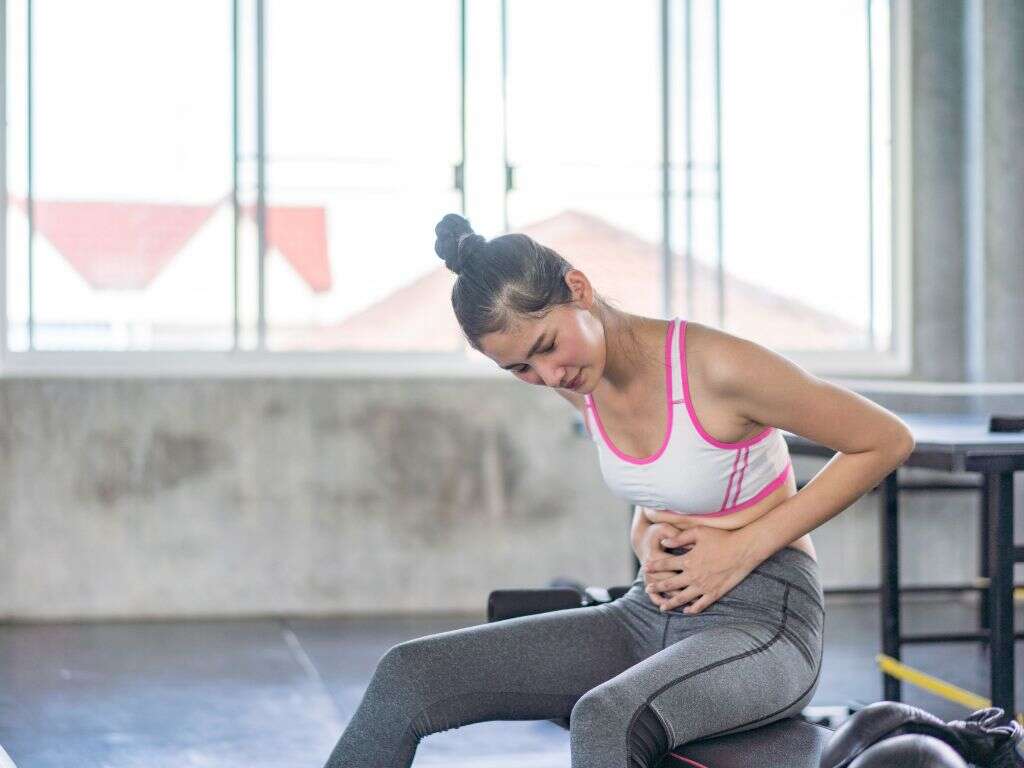
1. No Bulge
A sports hernia is superficially similar to an inguinal hernia. They can both cause pain in the groin and/or abdomen, and each may occur during physical activity. However, a sports hernia is fundamentally different from an inguinal hernia. The latter is caused by a defect that causes weakness in the muscles of the abdominal wall. The contents of the abdomen can then push through this defect, causing a bulge in the groin.
Ironically, a sports hernia is not actually a hernia at all because there is no defect in the muscles and no way for the abdominal contents to escape. Therefore, the bulge characteristic of an inguinal hernia is typically absent from a sports hernia, which has more in common with a groin strain.
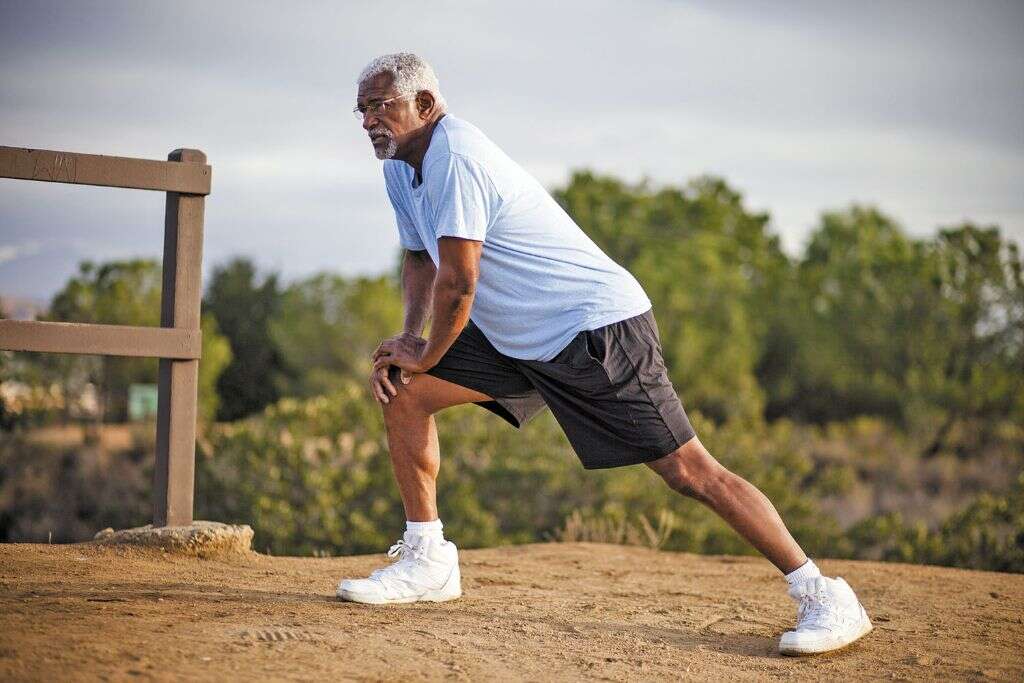
2. Chronic Pain
A groin strain typically results from a single traumatic injury to the pubic muscles during which you may feel a sharp, sudden pain becoming a dull ache. Sports hernias that arise from a single injury can also cause sharp, sudden pain. However, a sports hernia can also result from overuse, meaning that it can come on gradually.
With rest, ice, and physical therapy, a groin strain typically resolves within a month or two. However, sports hernias may not get better over time and in fact, pain may get worse rather than better. Though a doctor may recommend conservative treatment options for a sports hernia at first, such as anti-inflammatory medications and physical therapy, some eventually require surgery to fully resolve.

3. Pain That Affects the Lower Abdomen
Groin strains and sports hernias can both cause pain in the pubic area. However, with a sports hernia, you typically also experience pain in the area of the lower abdomen. This is because some of the muscles involved in a sports hernia are different than those affected by a groin strain.
Sports hernias often occur because of an imbalance of strength between the muscles of the abdomen, particularly the rectus abdominis, and the muscles of the lower extremities, particularly the hip adductors. These muscles all attach to the pubic bone, and the imbalance of strength between them can put stress on them during activities such as twisting or cutting. The increased strain can cause damage to both sets of muscles, which is why pain from a sports hernia can affect the lower abdomen.
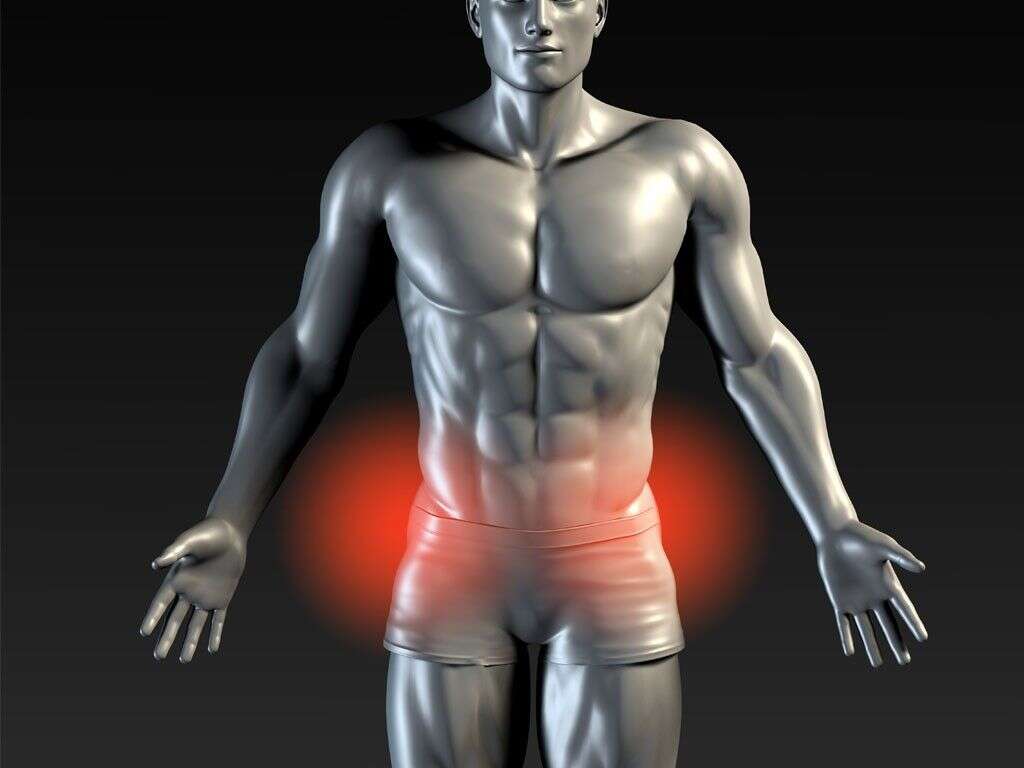
4. Pain That Is Worse With Activity
If you have a sports hernia, you may find that the pain gets better with rest. However, once you return to sports or other activities, the pain typically increases to its previous level or close to it. Pain may increase with sports activities or training exercises, especially those involving your abdominal or pubic muscles, such as sit-ups.
Over time, you may find that the pain also worsens with non-athletic activities that use the same muscles. Though the pain may be intermittent at first, it may exacerbate to the point that it is constantly present. If the pain progresses to this point, it may be more difficult to discern whether it is getting worse with activity.
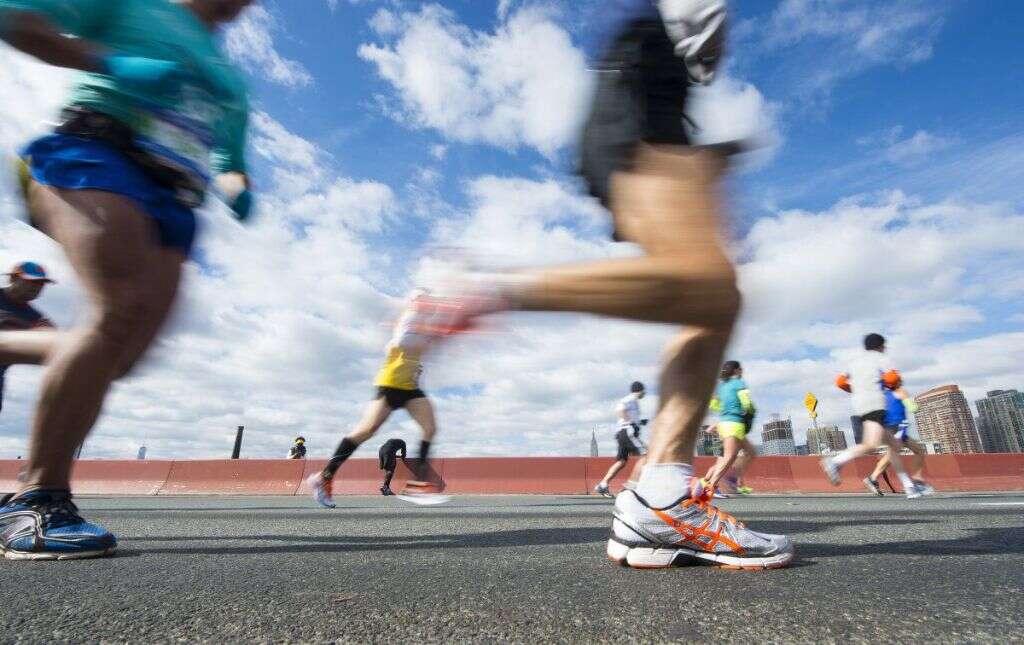
5. Unilateral Pain
Unilateral pain is discomfort that occurs on only one side of the body at one time. It is characteristic of sports hernias as well as groin strains. Therefore, it may not be helpful for differentiating between the two. However, it may help to rule out other causes.
Centered in the front of your abdominal wall and running vertically down is a band of fibrous tissue called the linea alba, or “white line.” The linea alba is a useful anatomic marker to locate areas of pain and damage. The rectus abdominis muscles run along either side of the linea alba. Doctors may use this to as a reference point to describe the location of your pain.
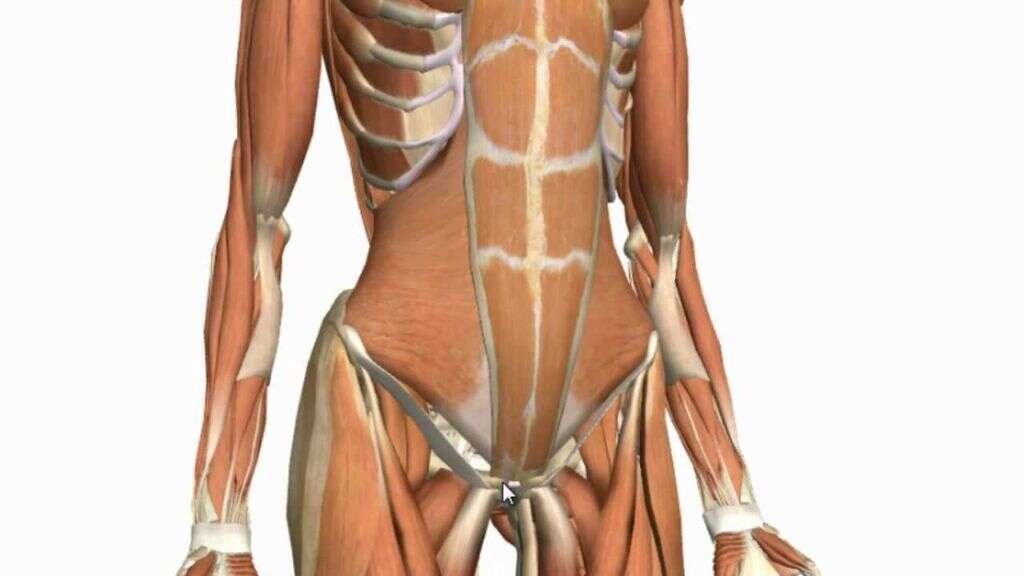
6. Pain With Palpation of the Pubic Bone
The pubic bone is the front part of your pelvis. It consists of two different bones called rami, one on the left and one on the right. They are joined together by the symphysis pubis, which is a firm but flexible structure made of cartilage.
When you go to the doctor with complaints of groin pain, he or she will perform a physical examination to locate your pain. This often involves palpating the pubic bone, that is, feeling it to see if it is painful. If you have a sports hernia, your pain may increase with palpation. If your pain is unilateral, your doctor will typically palpate the pubic ramus on the symptomatic side first to see if it provokes your symptoms.
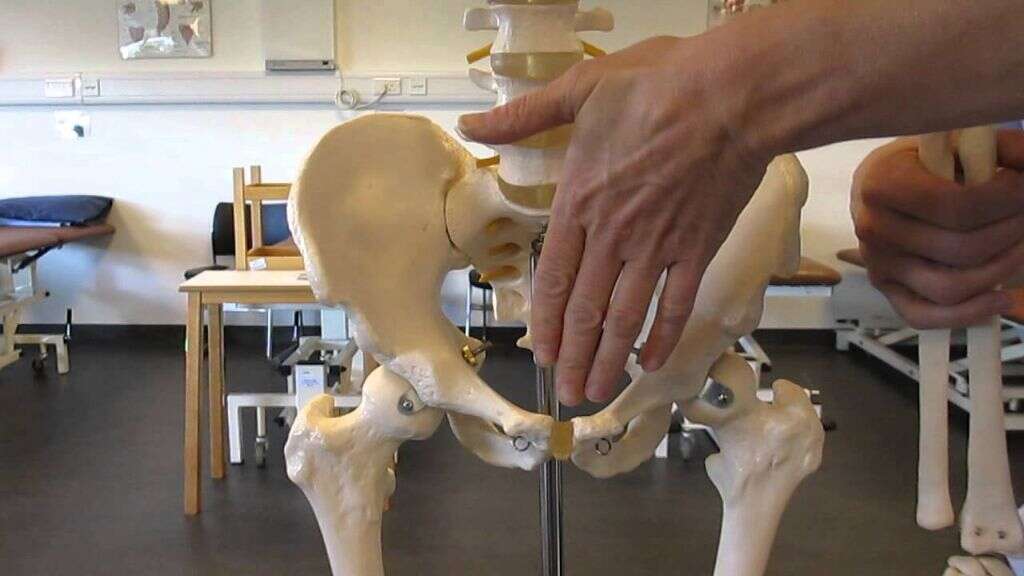
7. Pain With Involuntary Movement
Pain from a sports hernia may also get worse with certain involuntary movements. A cough or a sneeze causes involuntary contractions of some of the muscles in your body. As a result, these movements can cause an increase of the pain in your groin and lower abdomen if you have a sports hernia.
Unfortunately, there is little you can do to prevent this sort of pain when a sneeze or cough occurs. It is better to maintain proper hygiene protocols, such as frequent hand-washing, to prevent yourself from contracting a bacterial or viral infection that can cause these symptoms. If you have allergies, you may want to talk to your doctor or an allergy specialist to discuss methods of controlling your symptoms.
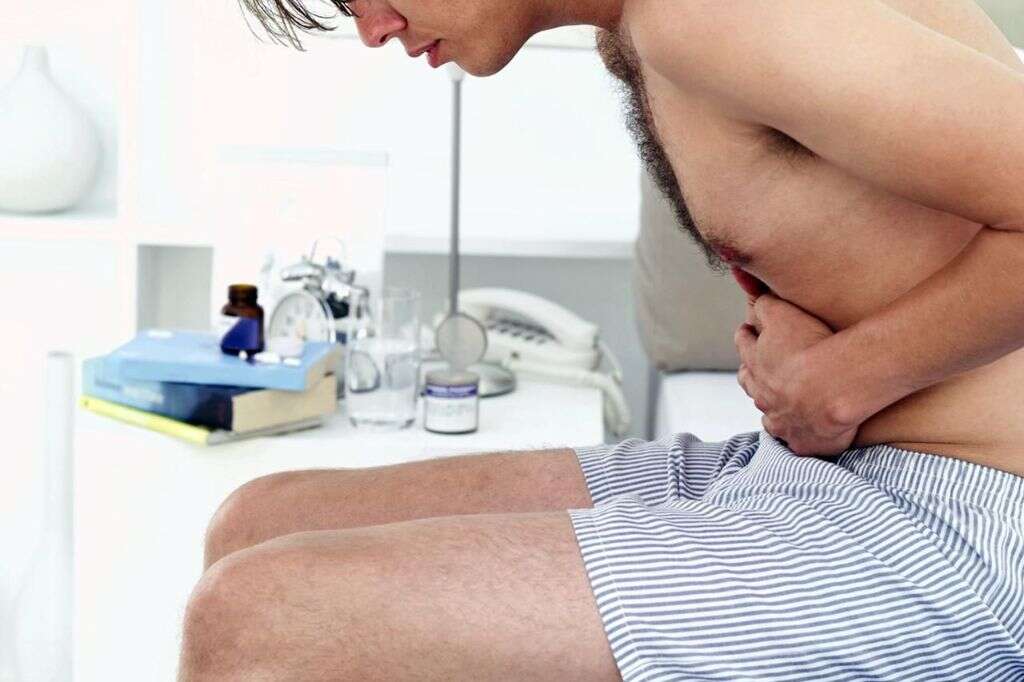
8. Radiation of Pain
The characteristic pain of a sports hernia typically localizes in the groin and the lower abdomen. However, it can also radiate down into the thighs. When this occurs, it is the inner thighs that are affected rather than the outer thighs. It may make it more difficult or painful for you to bring your thighs together.
Radiation of groin pain is not unique to sports hernias, however. A groin strain can produce similar symptoms. Osteoarthritis of the hip can also cause pain that radiates down into the thighs. However, it more often extends past them to the area of the knees. Depending on your age, the likelihood that arthritis is causing your pain may be low. However, you should be aware that participating in sports does put you at greater risk for early-onset arthritis in a number of different joints.

9. Decrease in Performance
When you are in pain, it can be difficult for you to perform your regular activities, especially those that make your pain worse. Even if you are able to continue to participate in athletics at first, your performance will probably not be up to its usual level. As time goes on and the pain continues to get worse, you may have to give up playing your sport altogether. Eventually, even walking and other activities of daily living may become difficult, if not impossible, to perform due to the pain.
When you are experiencing pain in a particular part of the body, you tend to favor it, i.e., use it less and put less weight on it. When you do this, it means less activity for the affected muscles, which can atrophy and lose strength. Since sports hernias are often caused by an imbalance of muscle strength in the first place, this can make the problem worse and potentially put you at risk for future injuries. Physical therapy exercises to restore your strength can help resolve the current issue and decrease your future risk.
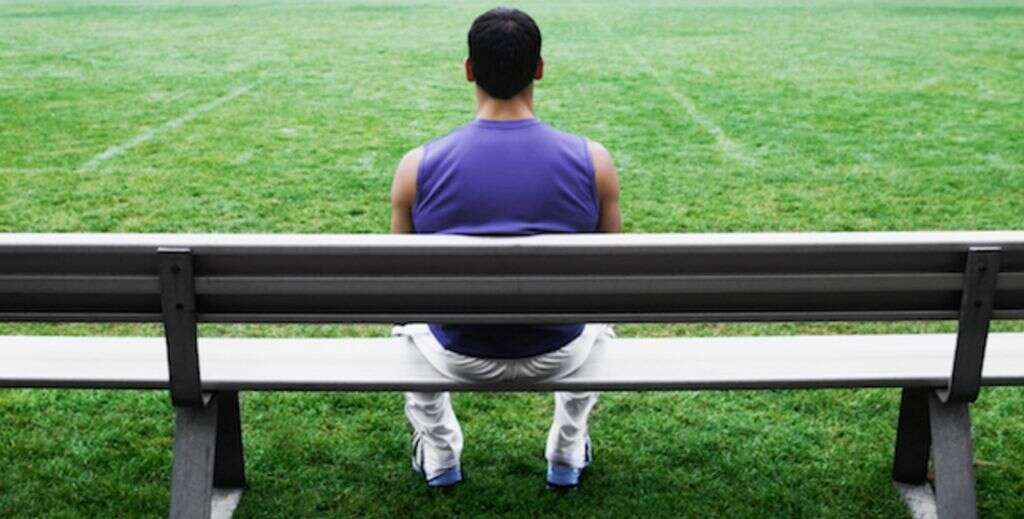
10. Tearing on MRI
A sports hernia affects the soft tissues in your groin. In addition to muscles, these can include tendons and ligaments. Stress on these structures can cause tearing that may be evident on MRI. Even if there is no frank tearing present, there may be evidence of other types of damage that shows up on MRI.
In the past, it was thought that MRI and other imaging techniques were of little value in diagnosing sports hernias.
However, over time radiologists have studied MRIs of patients with sports hernias and found that they display certain characteristic findings. As a result, an MRI is now the most common test used for diagnosing sports hernias because it is the most effective.
